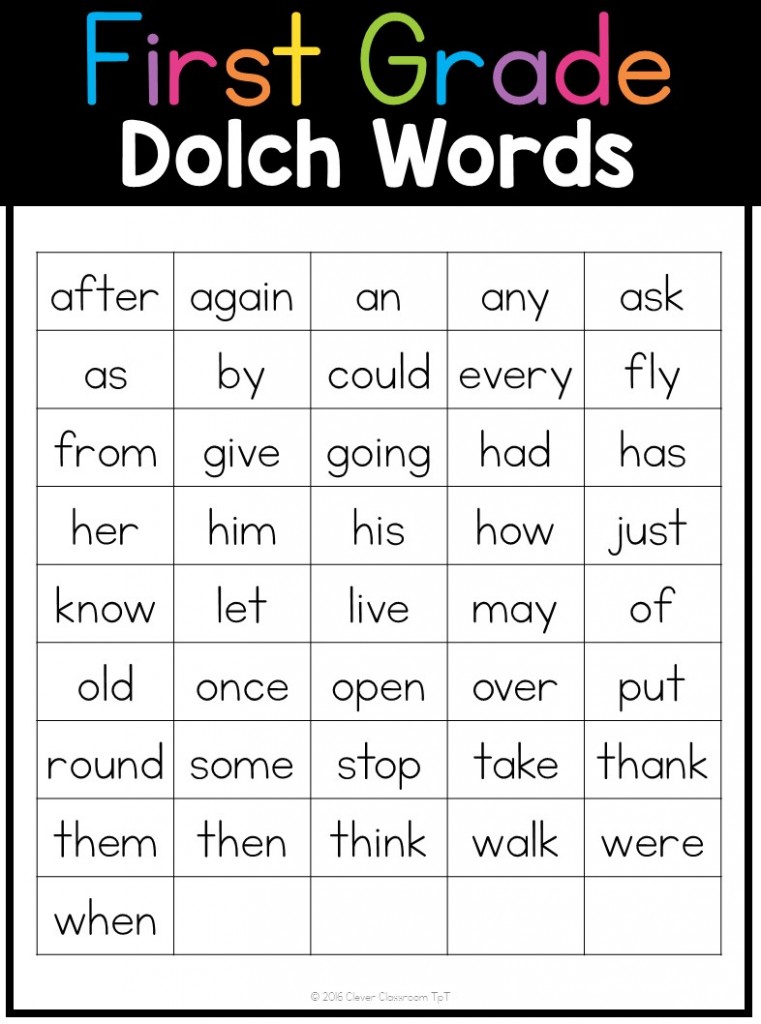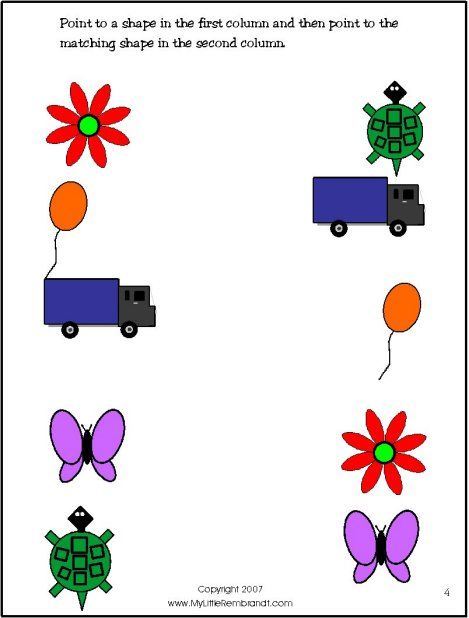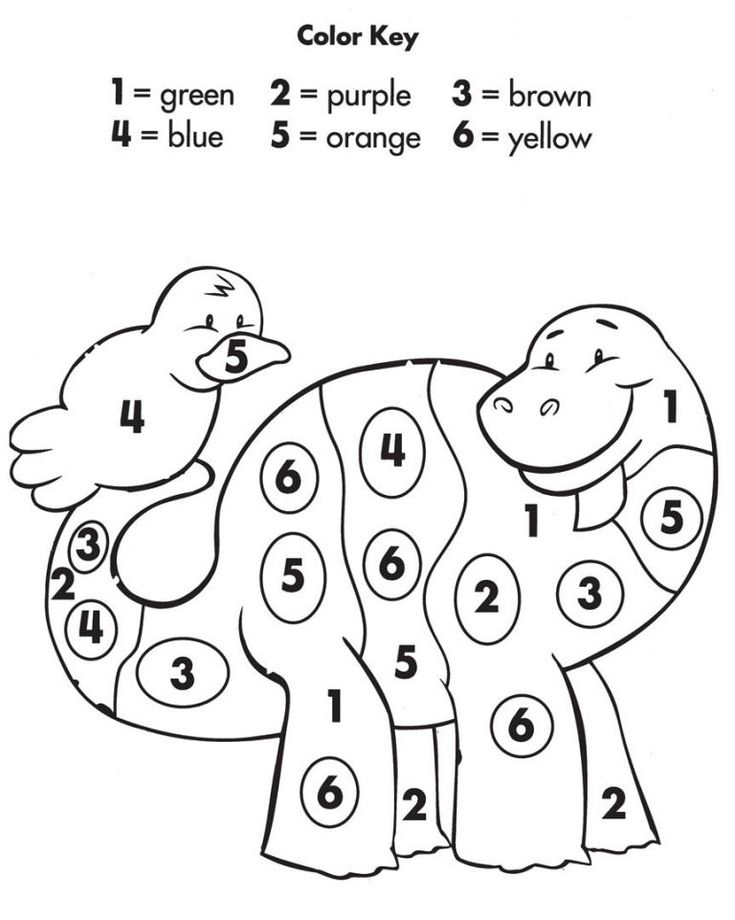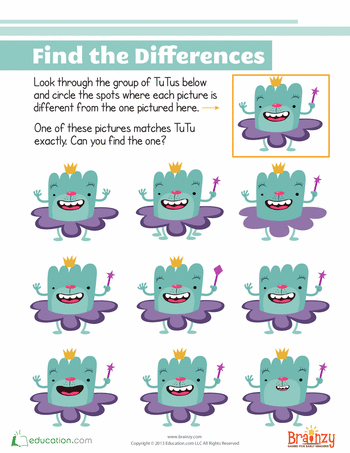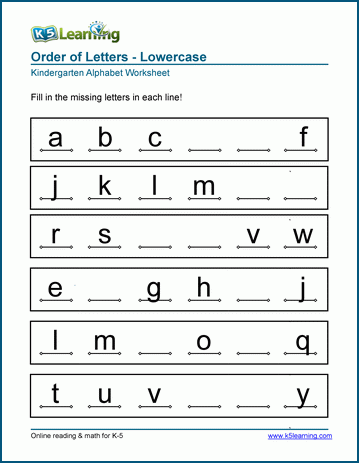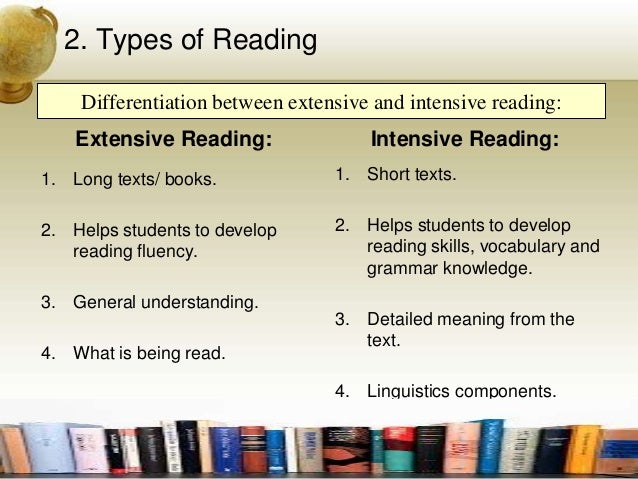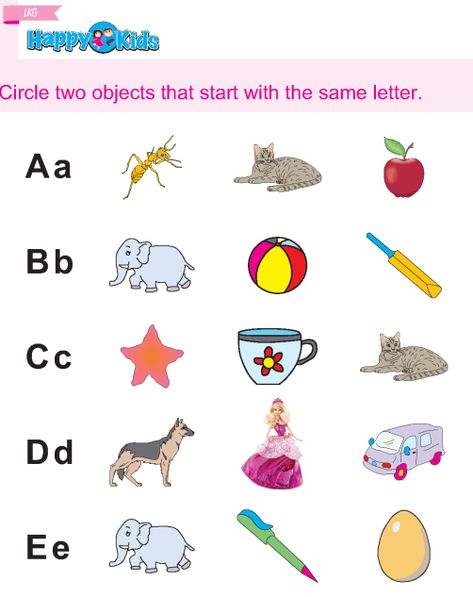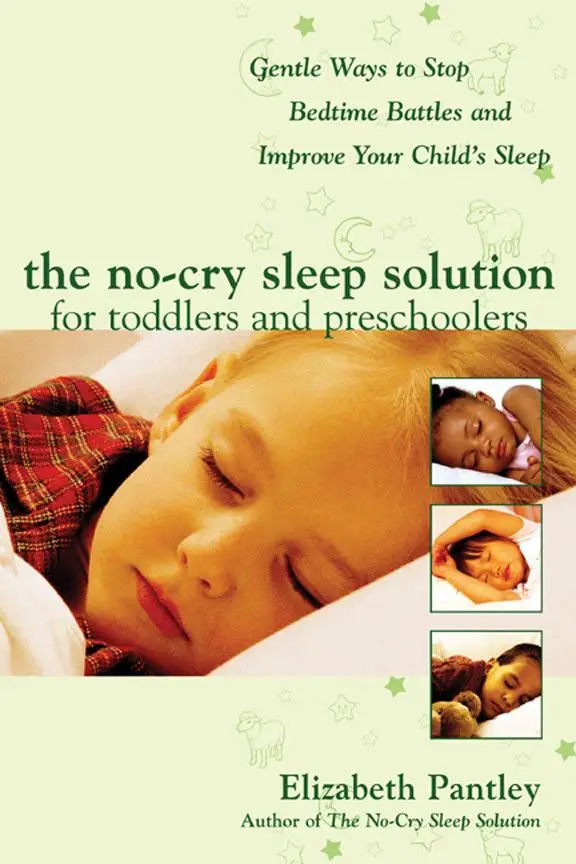How many sight words should a first grader know
250+ Sight Words for First Graders That Kids Can Easily Learn
In Grade 1, children’s language skills develop rapidly. They learn to use more words and start putting them together to form simple sentences. As their vocabularies grow, they encounter more sight words. They are called ‘sight words’ because children should recognize and understand them as soon as they see them – without having to decode or use sounds to identify them. But what are they and which are the sight words for first graders?
What are Sight Words?
Sight Words for first graders are the most common words that children come across. They are usually short words, such as the, and, of, to, you, and I. These are high-frequency words that appear in any English text very often. Knowing these words helps children to improve their reading fluency and comprehension skills. It also hones their vocabulary development.
By the end of the first grade, children should know around 200 sight words – with spellings. The kids will often come across these words in the texts they read or speeches they hear. Creatively incorporating these sight words in different activities can help kids become better readers and writers.
250 Most Common Sight Words for First Graders
Dr. Edward William Dolch, an educator, studied children’s books of his time and came up with 220 ‘service words’ that occurred most frequently in those books. He developed the list in the 1930s-40s and suggested the following sight words for 1st graders:
| 1. after | 11. from | 21. know | 31. round |
| 2. again | 12. give | 22. let | 32. some |
| 3. an | 13. going | 23. live | 33. stop |
| 4. any | 14. had | 24. May | 34. take |
| 5. as | 15. has | 25. of | 35. thank |
| 6. ask | 16. her | 26. old | 36. them |
7.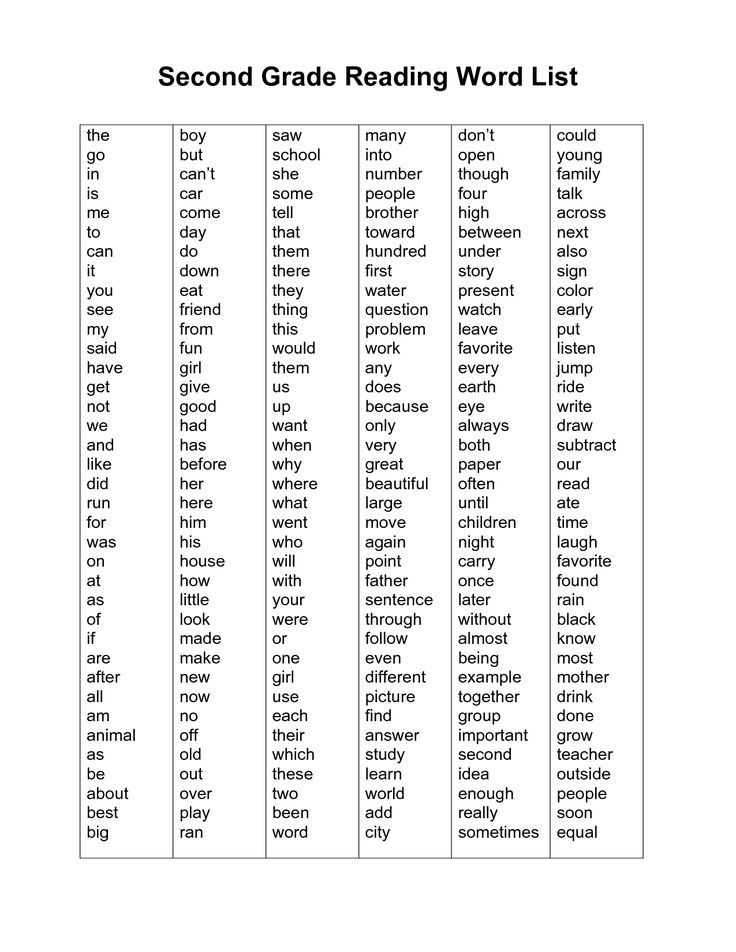 by by | 17. him | 27. once | 37. then |
| 8. could | 18. his | 28. open | 38. think |
| 9. every | 19. how | 29. over | 39. walk |
| 10. fly | 20. just | 30. put | 40. were |
| 41. when |
Dr. Edward Fry prepared his list of 1,000 most common words in the 1950s, which was updated in 1980. The list of 100 sight words for first grade students by Fry covers almost 90% of the words 6-7 year-olds will come across in stories, poems, and informational texts:
| 1. a | 26. from | 51. more | 76. there |
| 2. about | 27. get | 52. my | 77. these |
| 3. all | 28. go | 53. no | 78. they |
| 4. am | 29. had | 54. not | 79. this |
| 5. an | 30. has | 55. now | 80. time |
6.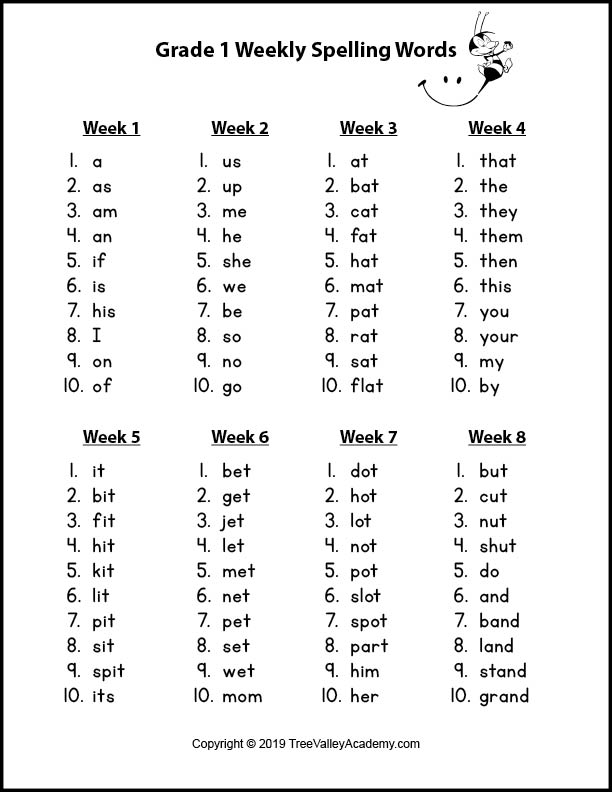 and and | 31. have | 56. number | 81. to |
| 7. are | 32. he | 57. of | 82. two |
| 8. as | 33. her | 58. on | 83. up |
| 9. at | 34. him | 59. one | 84. use |
| 10. be | 35. his | 60. or | 85. was |
| 11. been | 36. how | 61. other | 86. water |
| 12. but | 37. I | 62. out | 87. way |
| 13. by | 38. if | 63. part | 88. we |
| 14. called | 39. in | 64. people | 89. were |
| 15. can | 40. into | 65. said | 90. what |
| 16. come | 41. is | 66. see | 91. when |
| 17. could | 42. it | 67. she | 92. which |
| 18. day | 43. its | 68. so | 93. who |
| 19. did | 44. like | 69. some | 94.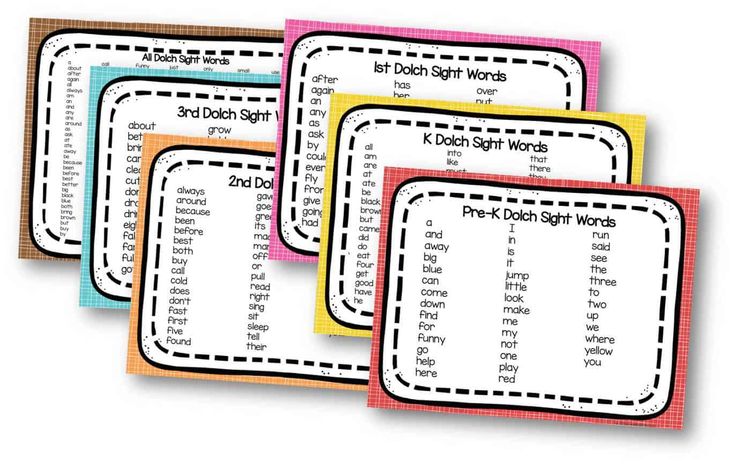 will
will |
| 20. do | 45. long | 70. than | 95. with |
| 21. down | 46. look | 71. that | 96. words |
| 22. each | 47. made | 72. the | 97. would |
| 23. find | 48. make | 73. their | 98. write |
| 24. first | 49. many | 74. them | 99. you |
| 25. for | 50. may | 75. then | 100. your |
As you’ll notice, almost 18 words are common between these Dolch and Fry lists of sight words for first-grade students. Between them, we have a list of 123 first grade sight words.
SplashLearn experts also recommend a list of 130 more sight words first graders can quickly learn:
| 1. before | 26. animal | 51. frog | 76. stomach |
| 2. funny | 27. dog | 52. crab | 77. thigh |
| 3. hers | 28. cat | 53.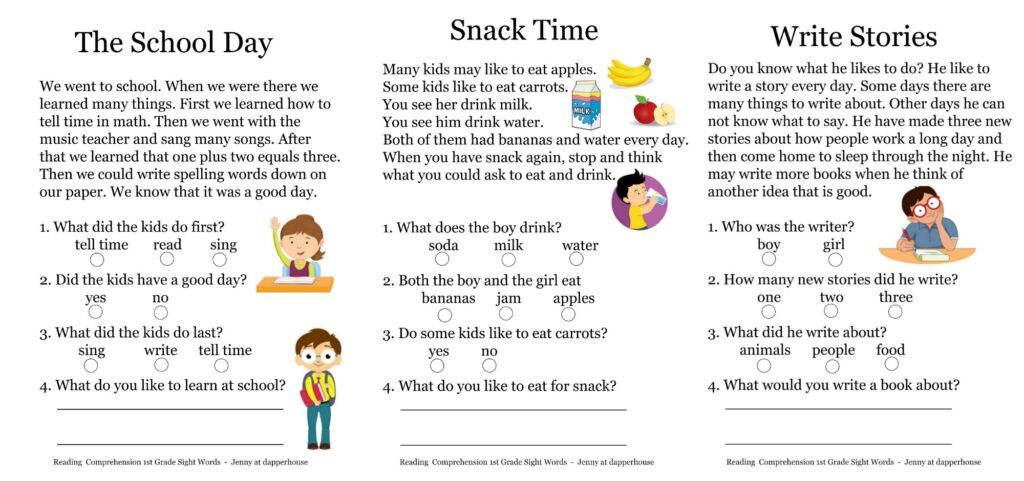 fox fox | 78. knee |
| 4. high | 29. cow | 54. camel | 79. leg |
| 5. jump | 30. sheep | 55. lion | 80. feet |
| 6. keep | 31. rabbit | 56. elephant | 81. eat |
| 7. learn | 32. duck | 57. girl | 82. run |
| 8. much | 33. hen | 58. boy | 83. drink |
| 9. only | 34. horse | 59. toy | 84. walk |
| 10. thing | 35. pig | 60. ball | 85. chop |
| 11. want | 36. turkey | 61. doll | 86. sing |
| 12. yours | 37. chicken | 62. ears | 87. act |
| 13. color | 38. donkey | 63. eyes | 88. kick |
| 14. yellow | 39. goat | 64. head | 89. mix |
| 15. orange | 40. mouse | 65. nose | 90. sit |
| 16. pink | 41. deer | 66.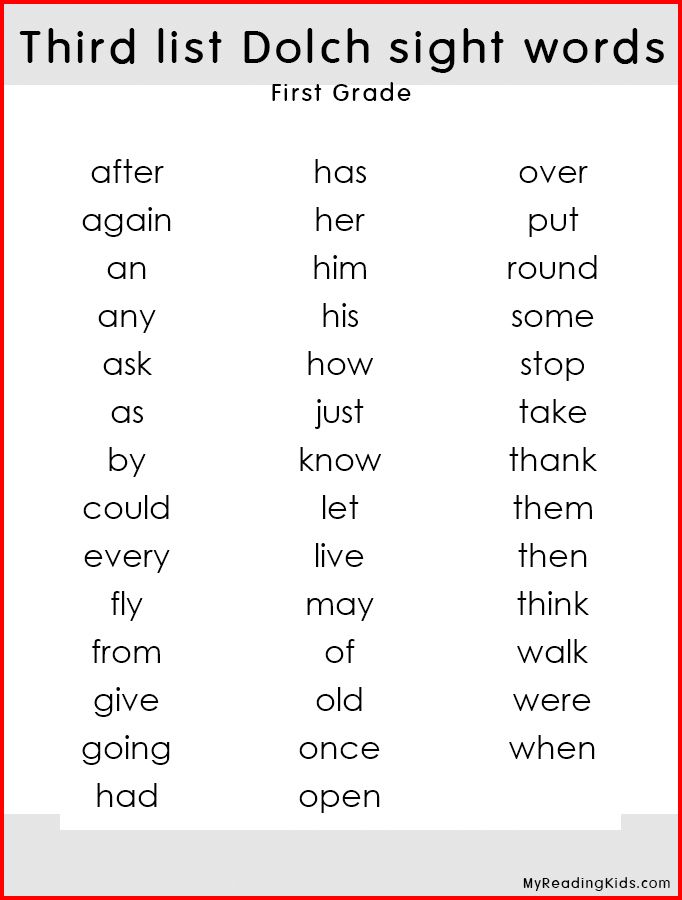 mouth mouth | |
| 17. green | 42. moose | 67. teeth | |
| 18. blue | 43. koala | 68. neck | |
| 19. red | 44. wolf | 69. shoulder | |
| 20. black | 45. bear | 70. arm | |
| 21. white | 46. snake | 71. elbow | |
| 22. silver | 47. bird | 72. hand | |
| 23. gold | 48. fish | 73. fingers | |
| 24. brown | 49. bat | 74. thumb | |
| 25. purple | 50. tiger | 75. chest |
Sight words for first graders to help with their math vocabulary include the following:
| 1. zero | 11. nine | 21. match | 31. before |
| 2. digit | 12. ten | 22. size | 32. less |
| 3. one | 13. number | 23. compare | 33.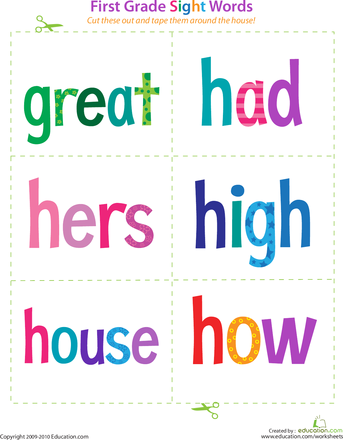 plus plus |
| 4. two | 14. input | 24. less than | 34. minus |
| 5. three | 15. output | 25. opposite | 35. add |
| 6. four | 16. similar | 26. more than | 36. subtract |
| 7. five | 17. object | 27. near | 37. ones |
| 8. six | 18. sort | 28. half | 38. tens |
| 9. seven | 19. different | 29. after | 39. place value |
| 10. eight | 20. alike | 30. equal | 40. rule |
Fun and Effective Ways to Help Grade 1 Students Learn Sight Words
Whether you are a parent or a teacher, you can use plenty of fun and effective ways to help first graders learn sight words. Below are some creative ideas:
1. Word Walls: Word walls are an excellent way for kids to see the words they are learning visually. You can create a word wall in your home or classroom by putting up posters with all the sight words.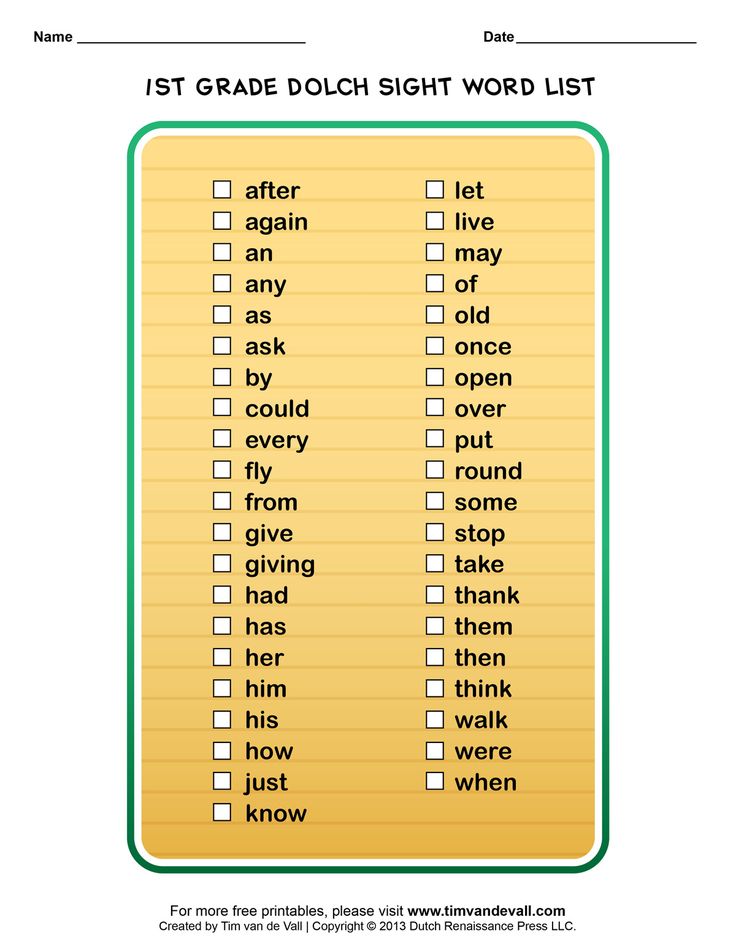 As your child learns each word, you can highlight it or put a checkmark next to it.2. Memory Games: Memory games are fun for kids and help them learn new words while improving their memory skills. There are many different ways to play memory games with sight words. For example, you can write the words on slips of paper and put them face down. Then, have your child take turns flipping over two pieces of paper at a time to try to find a match. They can keep the pair if they find a game; if not, they should flip the papers back over and try again.3. I Spy: I Spy is another fun game kids can play with sight words. To play, you can choose a sight word and then say, “I spy something that starts with the letter…” For example, if the word is “ball,” you would say, “I spy something that starts with the letter b.” Then, your child would look around the room and try to find an object that starts with the letter b. Once they find it, they can say what it is.
As your child learns each word, you can highlight it or put a checkmark next to it.2. Memory Games: Memory games are fun for kids and help them learn new words while improving their memory skills. There are many different ways to play memory games with sight words. For example, you can write the words on slips of paper and put them face down. Then, have your child take turns flipping over two pieces of paper at a time to try to find a match. They can keep the pair if they find a game; if not, they should flip the papers back over and try again.3. I Spy: I Spy is another fun game kids can play with sight words. To play, you can choose a sight word and then say, “I spy something that starts with the letter…” For example, if the word is “ball,” you would say, “I spy something that starts with the letter b.” Then, your child would look around the room and try to find an object that starts with the letter b. Once they find it, they can say what it is.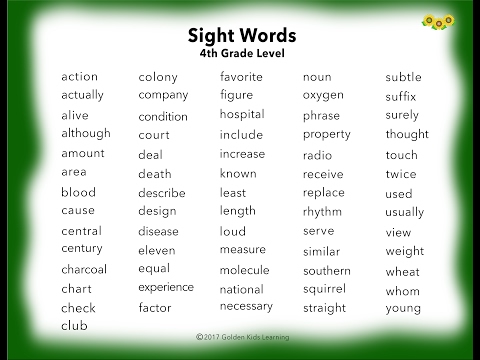 4. Flashcards: Flashcards are a classic way to help kids learn new words. You can make flashcards by writing the sight words on paper or index cards. Or, you can purchase pre-made flashcards. To use the flashcards, you can hold up each card and have your child read the word out loud. As they become more familiar with the words, you can time them to see how fast they can read them.5. Sight Word Books: Sight word books are books that contain a lot of repetition of sight words. These books can help kids learn new words by seeing them repeatedly. There are many sight word books available, or you can make your own by finding a book with a lot of repetition and replacing some words with sight words.
4. Flashcards: Flashcards are a classic way to help kids learn new words. You can make flashcards by writing the sight words on paper or index cards. Or, you can purchase pre-made flashcards. To use the flashcards, you can hold up each card and have your child read the word out loud. As they become more familiar with the words, you can time them to see how fast they can read them.5. Sight Word Books: Sight word books are books that contain a lot of repetition of sight words. These books can help kids learn new words by seeing them repeatedly. There are many sight word books available, or you can make your own by finding a book with a lot of repetition and replacing some words with sight words.Sight Word Games for First Graders to Play at Home or in Class
1. Hide and Seek (Find the Sight Words) Game:
You will need:- A list of 1st grade sight words
- A stopwatch
This is a great game to get the kids up and moving while they learn their sight words.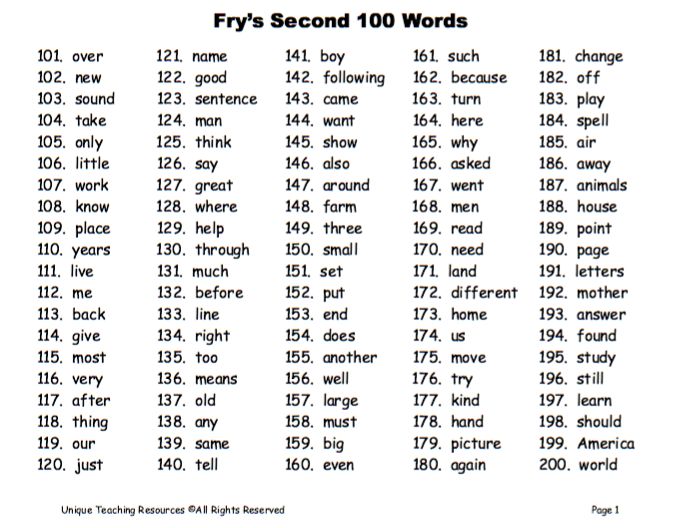 It’s also a good way to get them to recognize sight words in different contexts.
It’s also a good way to get them to recognize sight words in different contexts.
- Print out the list of sight words on individual slips of paper.
- Stick them up around the room at different heights, ensuring they are within reach of the kids.
- When you say “go,” the kids have to find as many sight words as they can and bring them to you in the allotted time.
- The kid with the most sight words at the end of the game wins!
2. Word Ladder:
You will need:- A list of sight words for first graders
- A whiteboard or blackboard
This is a great way to help kids learn to recognize sight words in context.
- Choose a sight word from the list.
- Write it on the board.
- Ask the kids to come up with a sentence that uses the word.
- Write it down on the board.
- Repeat with another sight word.
3. Make a Sight Word Book:
You will need:- A first grade sights word list
- Construction paper or cardstock
- Scissors
- Glue
- Pencils or crayons
This is a great way to help kids learn to recognize sight words in context.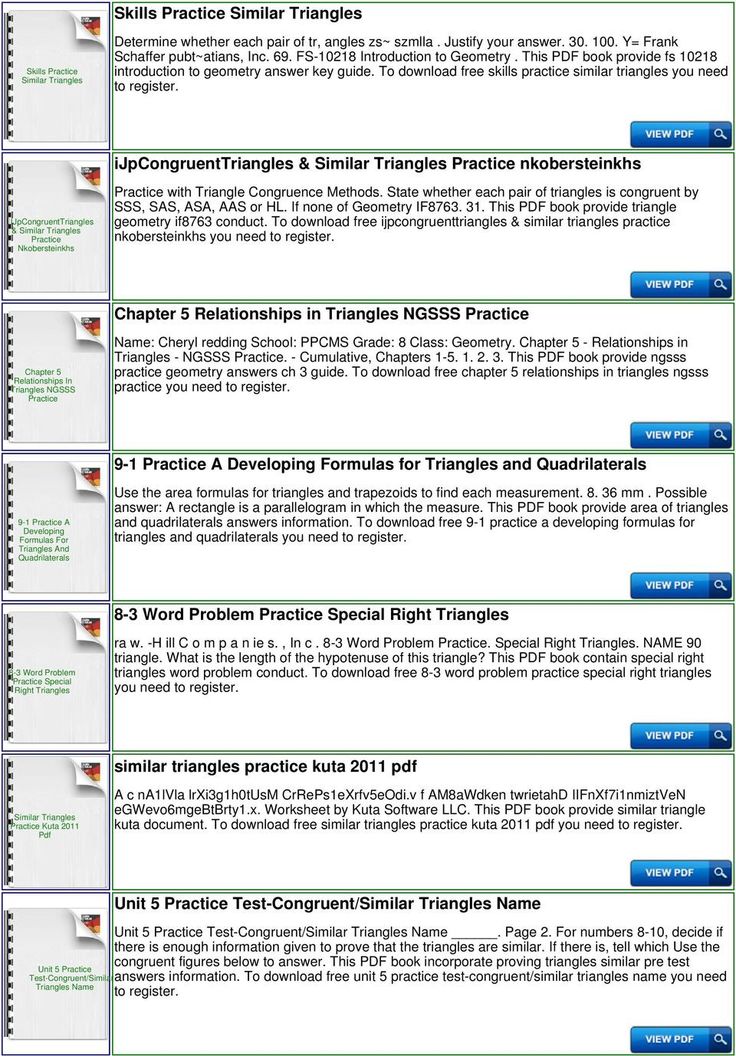
- Choose a sight word from the first grade sight words list.
- Write it on a piece of construction paper or cardstock.
- Ask the kids to come up with a sentence that uses the word.
- Write it down under the sight word.
- Ask the kids to illustrate their sentences.
- Repeat with another sight word.
7. Once all the sight words have been used, cut out each page and staple them together to make a book.
8. Encourage the kids to read their books aloud in the class, to you, or somebody else.
4. Roll, Read, and Race Board Game:
You will need:- A list of sight words for Grade 1 students
- A dice
- A game board (you can make your own or use a commercially available one)
- Pawns or markers
This is a great way to help kids learn to recognize sight words in context. Reviewing math concepts such as numbers, addition, and subtraction is also fun.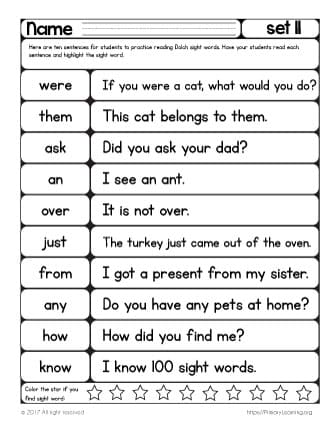
- Design the board game using a list of sight words.
- Players take turns rolling the dice and moving their pawns or markers around the board.
- If they land on a space with a sight word, they have to read it aloud. If they get it right, they can stay in that space. If they get it wrong, they have to move back to the previous space.
- For Math, use numbers on the dice and spaces on the board. Players must add or subtract the numbers they rolled and move their pawns or markers to the new space.
- The first player to reach the “Finish” space is the winner!
5. Simple and Easy Crossword Game:
You will need:- A list of sight words for 1st graders
- A whiteboard or blackboard
- A marker or chalk
This is a great way to help kids learn to recognize sight words in context.
- Make a simple crossword puzzle using the list of sight words.
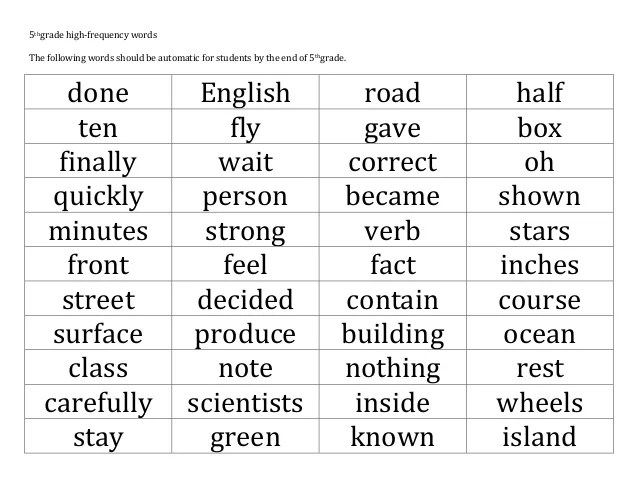
- Call out a sight word and ask the kids to find it in the puzzle and read it aloud.
- Repeat with another sight word.
6. Bingo:
You will need:- A list of Grade 1 sight words
- Bingo cards (you can make your own or use a commercially available one)
- Markers or chips
This is a great way to help kids learn to recognize sight words in context.
- Make a simple bingo card using the list of sight words.
- Call out a sight word and ask the kids to find it on their bingo card and mark it with a marker or chip.
- Repeat with another sight word until someone gets five in a row and calls out “Bingo!”.
7. Read Stories:
You will need:- A list of sight words you want to teach to first graders
- Stories that contain the sight words
This is a great way to help kids learn to recognize sight words in context.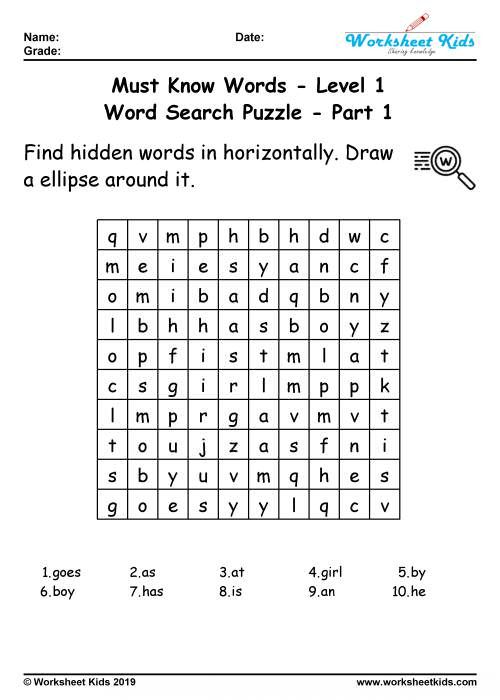
- Choose a story that contains several of the sight words on your list.
- Read the story aloud to the kids.
- Ask them to listen for the sight words and point them out as you read.
- Repeat with another story.
8. Act It Out:
You will need:- A list of sight words 1st grade students need to learn
- A whiteboard or blackboard
- A marker or chalk
This is a great way to help the first graders make connections between the words and their meanings.
- Choose an action-oriented sight word from the list.
- Call it out, and kids have to act it out. For example, if you say “jump”, the kids have to jump up and down.
- This action-oriented game is fun, interactive, and helps the kids learn sight words in a meaningful way.
- Repeat with another sight word.
Online Games to Promote Learning of Sight Words in First Grade
1.
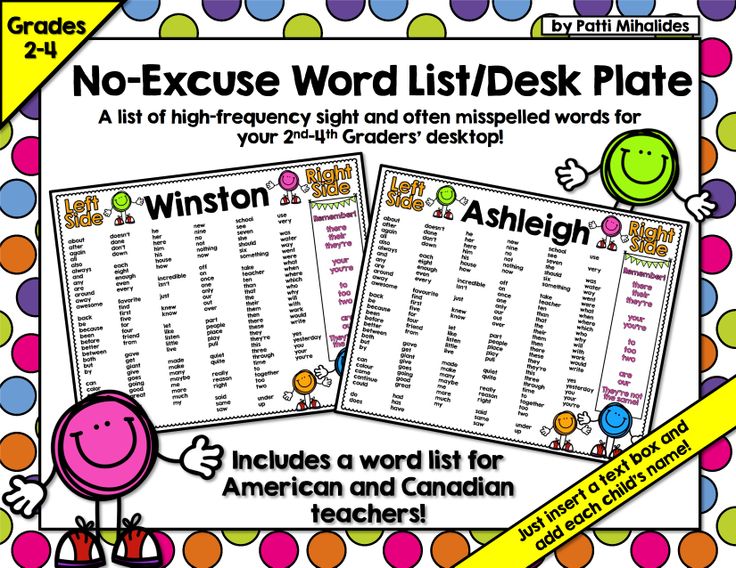 Sight Words Games for 1st Graders at SplashLearn
Sight Words Games for 1st Graders at SplashLearnLet your child join millions of learners at SplashLearn to practice sight words, identify them by sounds, decode them instantly, and get tested on their knowledge of words. As they play exciting games, they pick up new words and their confidence in reading grows manifold.
The learning program is free for teachers, while parents have a 7-day free trial and can then subscribe. The subscription plans start at just $4.99 per month.
2. Bingo Card Creator at SightWords
You can create Bingo cards using the sight word for first graders using this web app for the game mentioned above. You can choose how many Bingo cards you want to create, their layout, the grade of your child, whether you want to create Dolch sight words or Fry sight words.
Print out the Bingo cards displayed on the screen in PDF format. This site is free for everyone.
3. Sight Words Hopper at Education.com
Kindergarten and Grade 1 students love to help Cuz-Cuz jump over mud puddles.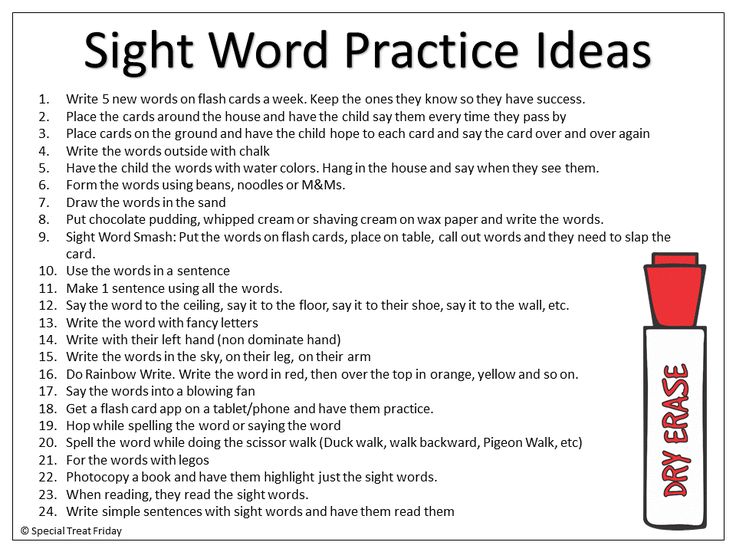 As the narrator reads the high-frequency words or sight words lying in puddles, kids have to jump over the right puddle.
As the narrator reads the high-frequency words or sight words lying in puddles, kids have to jump over the right puddle.
You can try it for free, but to get unlimited access to all its fun and interactive games, you have to subscribe to it. The subscription starts at $5 per month.
4. Illustrated Story at Edoki Academy
Meant for gifted students, the children must read words, understand their meanings, and choose the correct pictures to illustrate the simple sentences they see. After all, this is how elementary school students can develop reading skills.
You can try it for free for one week and then subscribe. The subscription to Edoki Club starts at $3.50 per month.
5. Out of Sight Words at ABCya.com
This quirky game asks children to read a sight word and find a corresponding image. This game uses 220 words from the Dolch Word List and includes nouns, pronounces, verbs, adjectives, adverbs, conjunctions, and prepositions.
You can use it for free but have to subscribe to it for an ad-free experience.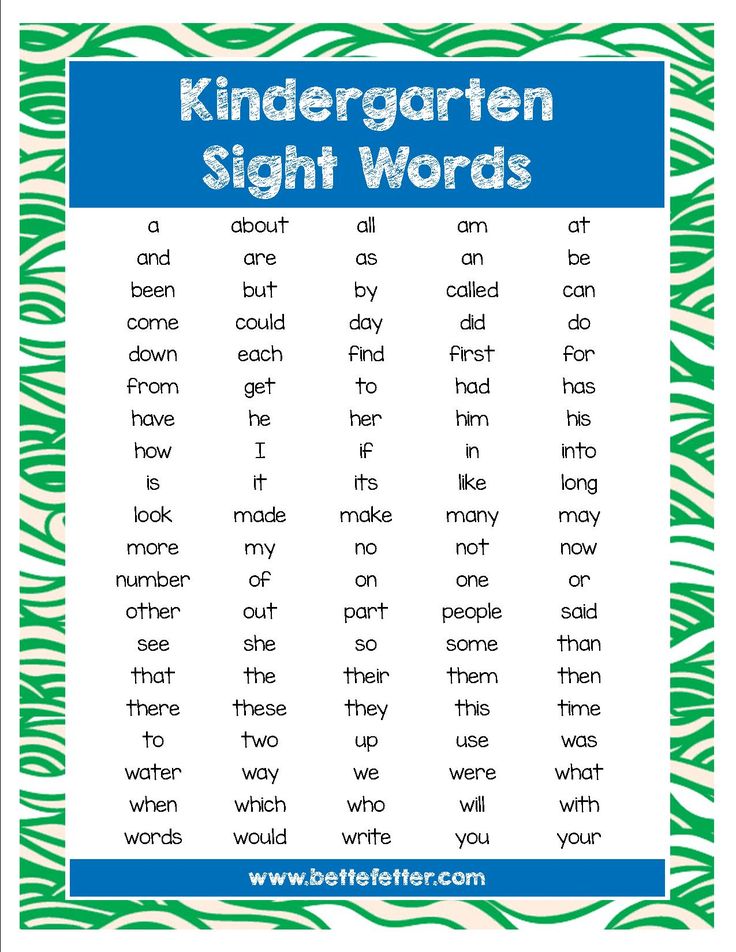 The premium version also offers several other features, such as setting a timer for the games, controlling the access of games, etc. The subscription starts at $5.83 per month.
The premium version also offers several other features, such as setting a timer for the games, controlling the access of games, etc. The subscription starts at $5.83 per month.
We hope you and your first graders enjoy these games and activities to learn new sight words. Learning sight words is an important step in a child’s reading development, and these activities will give them a head start!
Please let us know if you have any questions or suggestions. We would love to hear from you!
Frequently Asked Questions
Why do we teach students sight words?
Sight words frequently occur in the text but are difficult to sound out using phonics rules. They must be learned by sight to become fluent readers.
What are some tips for teaching sight words at home?
There are many ways to incorporate sight words into your everyday routine at home. Read aloud to your child daily and point out sight words as you come across them. With time, you can ask them to read the sight word when you come across one.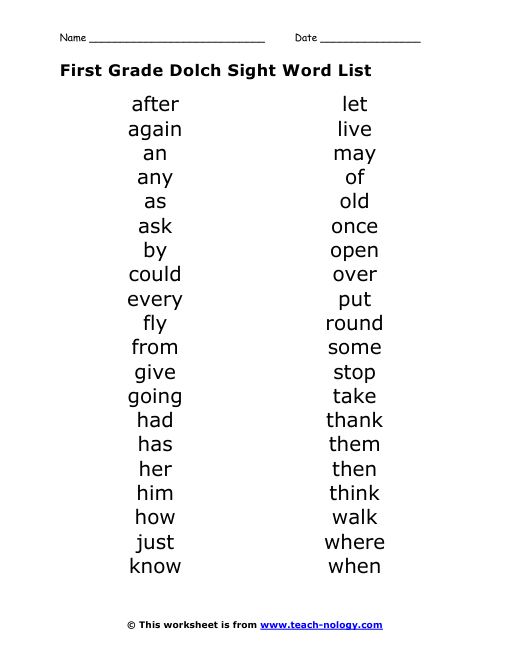
You can also make a game out of it by hiding sight words around the house and having them search for them. Finally, you can create a sight word wall in your home where you post new words for your child to learn.
Can I skip sight words for my first grader if they are already good at reading?
Sight words should not be skipped, as they are important to a child’s reading development. If your child is already good at reading, you can challenge them by asking them to read longer texts incorporating more sight words. You can also ask them to use the words in their sentences.
Sight Words FAQs | Sight Words: Teach Your Child to Read
Sight Words FAQs | Sight Words: Teach Your Child to Read Q: How many words should I teach per day? A: There is no set answer to the number of words to teach a child each day. Factors such as the child’s age, motivation, memory skills, and whether the child is learning a specific list for a school assignment affect this decision.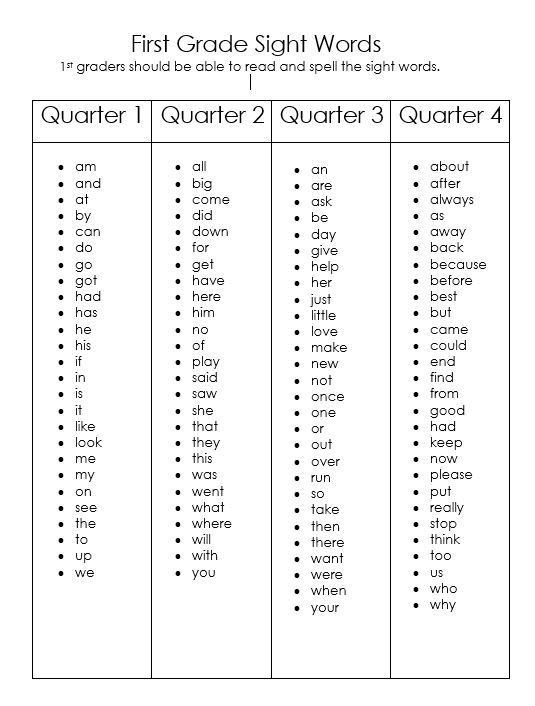 But remember: it is much better for a child to have solid knowledge of 50 words than to kind of know 300 words. It is not enough for children to kind of know their sight words. They need to be able to recognize them instantly and accurately in order to build reading fluency and comprehension of written material they will read in books.
But remember: it is much better for a child to have solid knowledge of 50 words than to kind of know 300 words. It is not enough for children to kind of know their sight words. They need to be able to recognize them instantly and accurately in order to build reading fluency and comprehension of written material they will read in books. It is much better for a child to have solid knowledge of 50 words than to kind of know 300 words.We recommend that you start by thoroughly teaching your child three to five words in a lesson. On the first day, introduce three to five new words. In the next day’s lesson, start by reviewing the previous day’s words. If your child remembers those words, move on to introducing three to five new words. If he struggles with, let’s say, two of the previous day’s words, go through our full sequence of teaching techniques with those two words and then introduce just one to three new words. If your child aces the review part of each lesson, then you can probably introduce more new words per day.
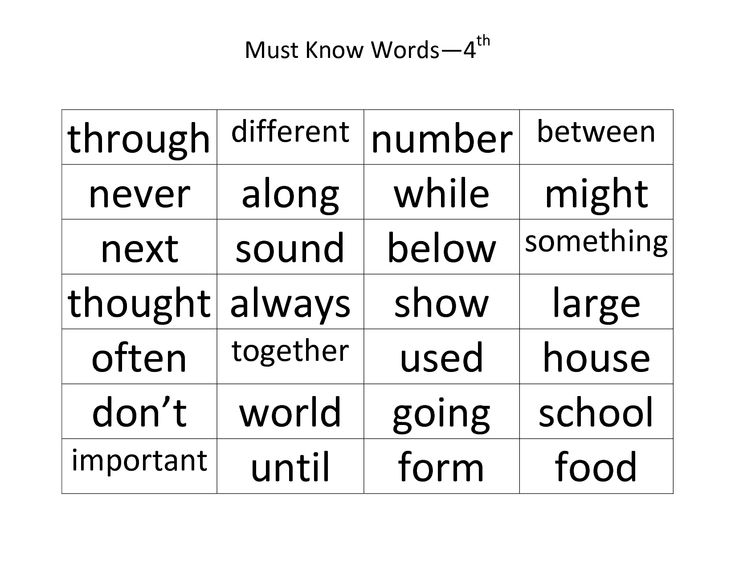 If he repeatedly struggles to remember the previously covered words, then slow down the pace. Q: When teaching sight words, should I use pictures together with written words? A: The research indicates that most typically developing children learn sight words better without accompanying pictures. However, children who have cognitive delays, such as Down syndrome, seem to benefit from sight words being accompanied by picture cards. Q: Should I correct mistakes immediately, or wait until the end of the lesson or game? A: All errors should be corrected immediately. Please see our corrections procedure for instructions on how to correct mistakes in a positive, constructive way. It only takes a few seconds, so it won’t disrupt the flow of your lesson or game. Q: What does it mean to “master” a sight word? A: A child should recognize the presented target word three times in a row for three days in a row. The child should be able to identify and say the word quickly, showing that they know the word by sight and do not have to sound it out letter-by-letter.
If he repeatedly struggles to remember the previously covered words, then slow down the pace. Q: When teaching sight words, should I use pictures together with written words? A: The research indicates that most typically developing children learn sight words better without accompanying pictures. However, children who have cognitive delays, such as Down syndrome, seem to benefit from sight words being accompanied by picture cards. Q: Should I correct mistakes immediately, or wait until the end of the lesson or game? A: All errors should be corrected immediately. Please see our corrections procedure for instructions on how to correct mistakes in a positive, constructive way. It only takes a few seconds, so it won’t disrupt the flow of your lesson or game. Q: What does it mean to “master” a sight word? A: A child should recognize the presented target word three times in a row for three days in a row. The child should be able to identify and say the word quickly, showing that they know the word by sight and do not have to sound it out letter-by-letter.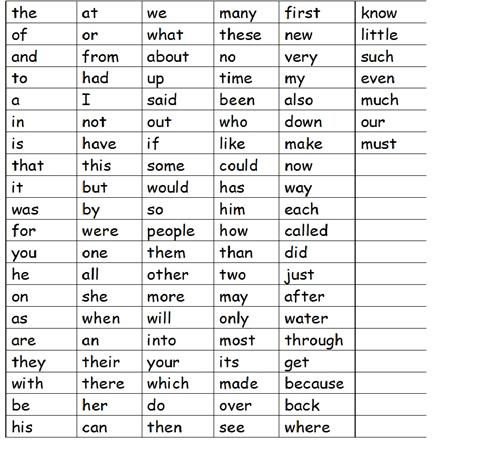 Q: My child is doing a great job with these activities! How much praise should I give her after each correct answer? A: Actually, very little. Gushing praise (“You are so smart,” a high five, “That’s wonderful!”) can be a major distraction to a young child with a short attention span. By the time you’ve finished praising her, she may have totally forgotten what she learned! Stick to a simple affirmation of a right answer (“Correct” or “That’s right”), and then continue with the activity. Similarly, if the child gives a wrong answer, point out the mistake and the correct answer in a simple, direct manner. You’re not being mean, you’re just staying focused! Q: What’s the best way to keep track of which sight words my child has mastered and which ones are still being studied? A simple way to organize the child’s sight words that have been mastered or on which the child is presently working is to use a 5″x8″ card file box with A-Z file dividers. Place a card marked CURRENT WORDS in the front of the box, and place another card marked MASTERED WORDS that will separate current words from mastered words.
Q: My child is doing a great job with these activities! How much praise should I give her after each correct answer? A: Actually, very little. Gushing praise (“You are so smart,” a high five, “That’s wonderful!”) can be a major distraction to a young child with a short attention span. By the time you’ve finished praising her, she may have totally forgotten what she learned! Stick to a simple affirmation of a right answer (“Correct” or “That’s right”), and then continue with the activity. Similarly, if the child gives a wrong answer, point out the mistake and the correct answer in a simple, direct manner. You’re not being mean, you’re just staying focused! Q: What’s the best way to keep track of which sight words my child has mastered and which ones are still being studied? A simple way to organize the child’s sight words that have been mastered or on which the child is presently working is to use a 5″x8″ card file box with A-Z file dividers. Place a card marked CURRENT WORDS in the front of the box, and place another card marked MASTERED WORDS that will separate current words from mastered words.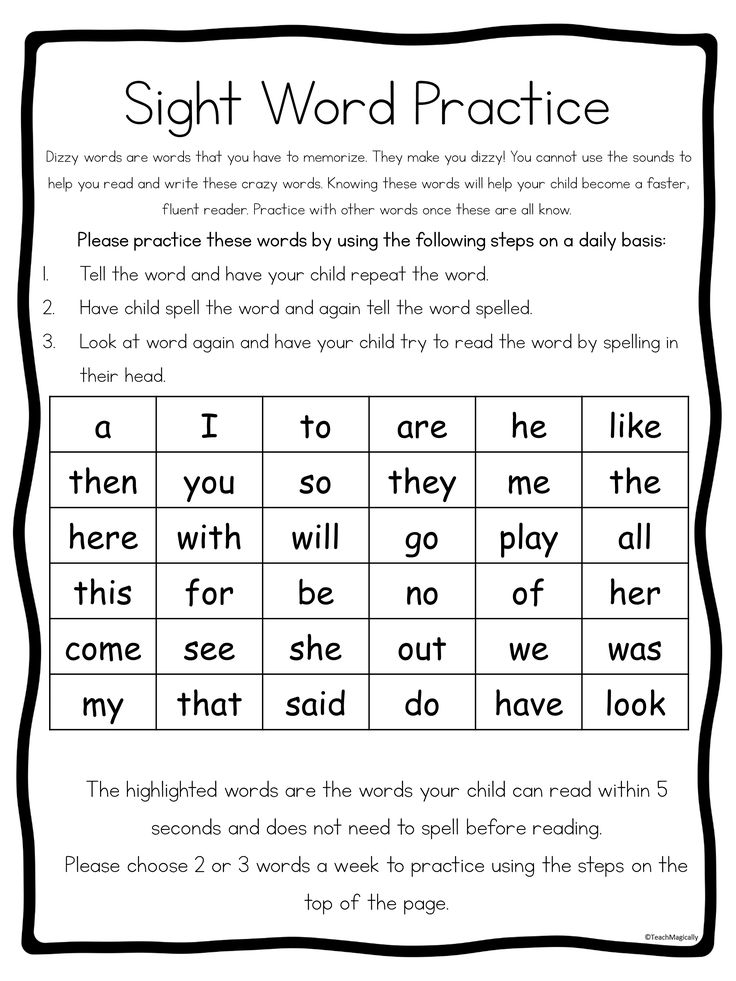 Then file mastered words alphabetically behind the A-Z file cards. The words currently being learned are best filed in random (non-alphabetical) order. Q: My child enjoys the games a lot more than the lessons, so I’m tempted to just do the games. Is that okay? A: No. Our sight words games are excellent tools for reinforcing the knowledge your child has acquired from the lessons, but they are not a replacement for the sight words lessons. If a child gets bored or distracted easily, consider shortening the lessons (by covering fewer words), but do not eliminate them! Q: Why are sight words sometimes called “service words”? A: Sight words actually service the reader by improving the child’s fluent, smooth reading of connected text in phrases, sentences, and paragraphs. Research has strongly shown that fluency in reading is a vital prerequisite for good reading comprehension. If the process of reading print is too slow and laborious, the reader’s comprehension of printed material will be seriously impeded.
Then file mastered words alphabetically behind the A-Z file cards. The words currently being learned are best filed in random (non-alphabetical) order. Q: My child enjoys the games a lot more than the lessons, so I’m tempted to just do the games. Is that okay? A: No. Our sight words games are excellent tools for reinforcing the knowledge your child has acquired from the lessons, but they are not a replacement for the sight words lessons. If a child gets bored or distracted easily, consider shortening the lessons (by covering fewer words), but do not eliminate them! Q: Why are sight words sometimes called “service words”? A: Sight words actually service the reader by improving the child’s fluent, smooth reading of connected text in phrases, sentences, and paragraphs. Research has strongly shown that fluency in reading is a vital prerequisite for good reading comprehension. If the process of reading print is too slow and laborious, the reader’s comprehension of printed material will be seriously impeded. Q: When is it developmentally appropriate to teach sight words? At what age are children ready to learn sight words? A: Children’s language skills develop at different rates, so we can’t give you hard-and-fast age rules. Most children will be able to master a few sight words in Pre-K (four years old). You can teach sight words earlier if your child is receptive to the material. But if your 2- or 3-year-old is uninterested and has difficulty retaining the words, then it’s probably too early, and you should wait a few months before trying again. A good goal, according to child literacy expert Timothy Shanahan, is that children should master 20 sight words by the end of Kindergarten and 100 sight words by the end of First Grade. Q: Should I be teaching my child sight words instead of phonics? A: No! Sight words are a supplement to phonics instruction, not a substitute! Phonics teaches your child the rules for decoding and reading most words.
Q: When is it developmentally appropriate to teach sight words? At what age are children ready to learn sight words? A: Children’s language skills develop at different rates, so we can’t give you hard-and-fast age rules. Most children will be able to master a few sight words in Pre-K (four years old). You can teach sight words earlier if your child is receptive to the material. But if your 2- or 3-year-old is uninterested and has difficulty retaining the words, then it’s probably too early, and you should wait a few months before trying again. A good goal, according to child literacy expert Timothy Shanahan, is that children should master 20 sight words by the end of Kindergarten and 100 sight words by the end of First Grade. Q: Should I be teaching my child sight words instead of phonics? A: No! Sight words are a supplement to phonics instruction, not a substitute! Phonics teaches your child the rules for decoding and reading most words.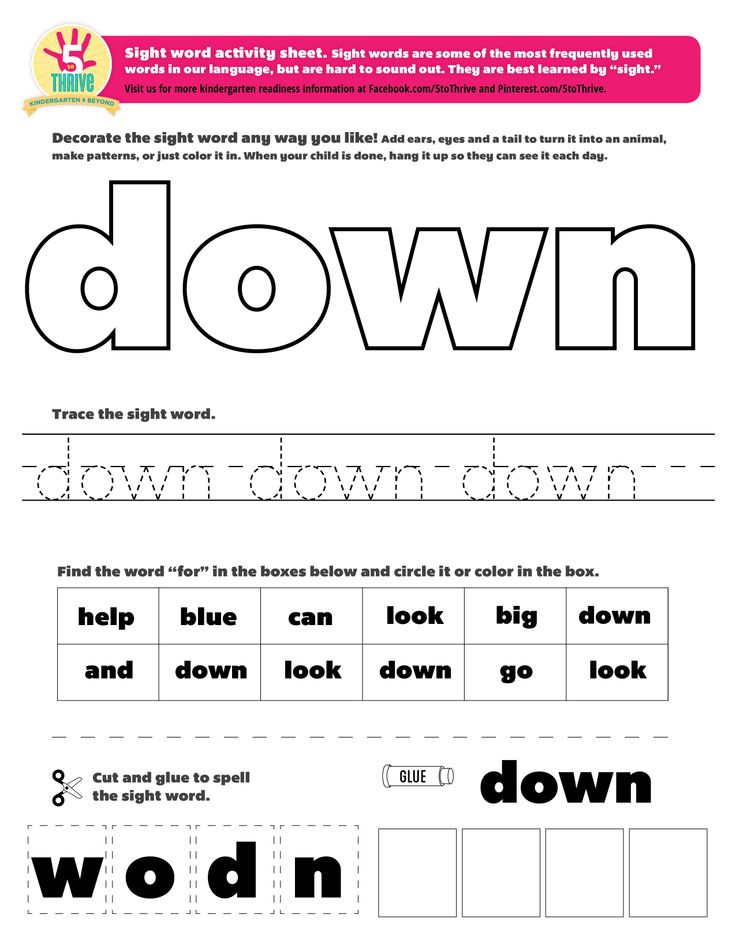 Sight words instruction is a strategy of focusing extra attention on the words that occur most frequently, so that your child doesn’t have to stop and decode every single word.
Sight words instruction is a strategy of focusing extra attention on the words that occur most frequently, so that your child doesn’t have to stop and decode every single word. Leave a Reply
How many words per minute a first-grader should read
Children come to the first grade with very different skill levels. Someone already fluently reads whole stories, the other can barely read a line by syllables. Many parents diligently teach their children to read before school. And it is no accident: despite the fact that there are no official requirements for reading standards for a child entering school, testing a child for reading speed in the first grade will begin at the end of the first half of the year. According to the indicative norms of the Federal State Educational Standard, a first-grader should read 25-30 words per minute in the first half of the year and 30-40 in the second. Note that the norms are indicative, so gymnasiums, for example, can raise the bar higher, and correctional schools, on the contrary, lower it a little.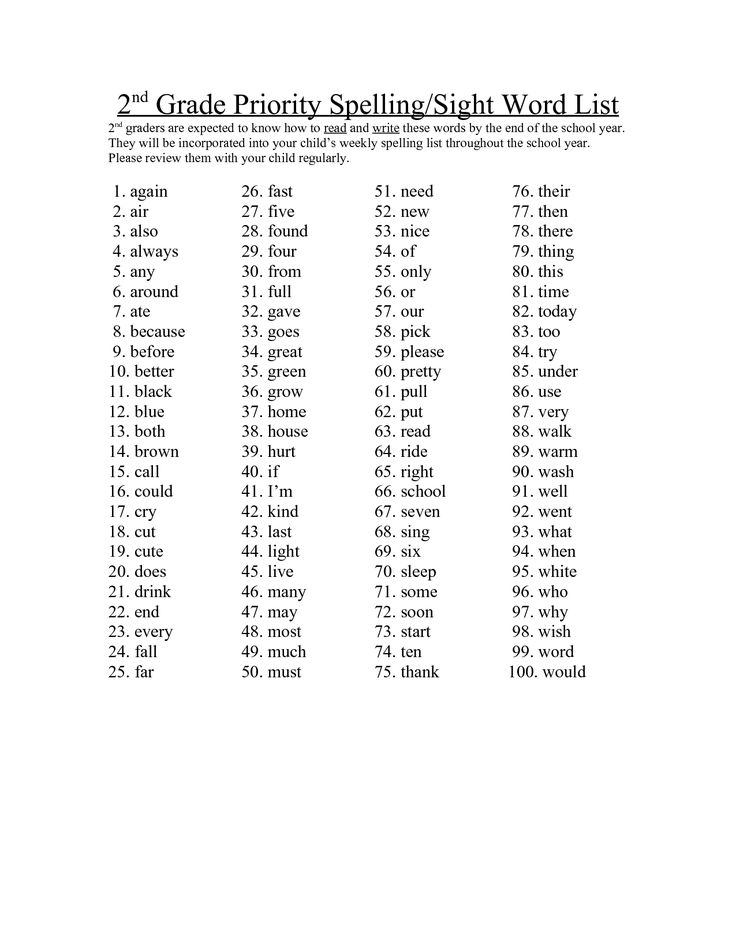 Here are some tips on how to make learning to read effective and comfortable for you and your child. nine0003
Here are some tips on how to make learning to read effective and comfortable for you and your child. nine0003
Don't chase reading speed
That's right. After all, if you train a child precisely on the speed of pronunciation of words, then he will be able to learn how to quickly read the text, but he will not understand what he read. Don't do your child a disservice. School performance is, of course, important, but not only the praise of the teacher is at stake, but also the development of the child. Therefore, when teaching a child to read, pay attention to the semantic content of the text, discuss with him the characters, their words and deeds, together recall the events of previously read books. Speed will be gained gradually, thanks to constant practice and several useful exercises. nine0003
Choose the right literature
It is better to start learning to read with books "by age", well illustrated, with large letters and not too long words - consisting of two or three syllables. In addition, it is important that all the words in the book are familiar to the child.
In addition, it is important that all the words in the book are familiar to the child.
Do not overdo it
Do not start learning to read too early, experts advise not to do this before the age of 5, because the child's body during this period absorbs all the impressions of the surrounding world, but is not yet ready to perceive the text. But he will be happy to listen to your reading and from an early age he will perceive a book in his hands as something obviously fascinating. Do not force a child to read, do not turn the joy of reading into a duty. Try not to intimidate him with upcoming checks, otherwise interest will instantly turn into a routine. Learning to read for a child is a lot of work. If the child is tired, there is nothing wrong with you reading aloud to him. nine0003
Learn by playing
You can collect words from cubes with spellings written on them. You can guess cards with inscriptions and drawings. Or read stories in which some words are replaced by pictures.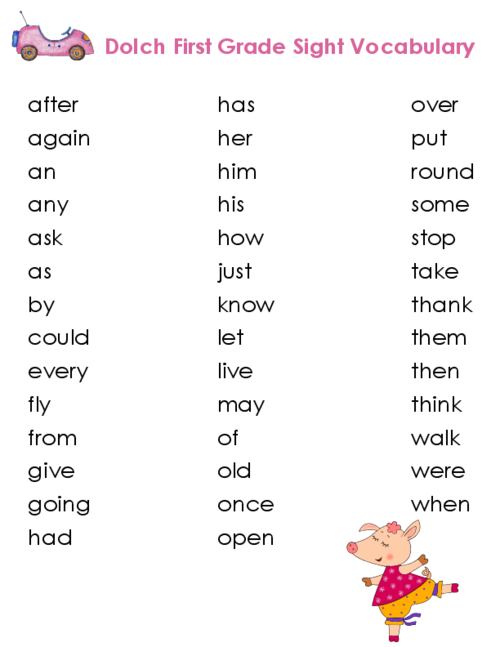 In any case, the process of reading at first should include something else besides reading itself. A game element that will support the interest of the child and will not let him run out of steam at the very beginning of learning.
In any case, the process of reading at first should include something else besides reading itself. A game element that will support the interest of the child and will not let him run out of steam at the very beginning of learning.
Game exercises for developing reading speed
If your child has already learned to read whole words and combine them into sentences, it's time to think about developing reading speed.
Play animals with him: try to imagine and show how a horse gallops, how a horse speaks and how a horse reads? How does a turtle work? And the tiger?
Try to read by roles on behalf of different characters in the story. Surely they will have not only different timbres, but also different pronunciation speeds.
Read with the child in turn and gradually increase the pace of reading your piece, the child, in turn, will repeat after you and will learn to read faster. nine0003
Following the tips above will help your child read as many words per minute as a grade 1 student should on the first test, without losing the meaning of what they read and without losing interest in the book.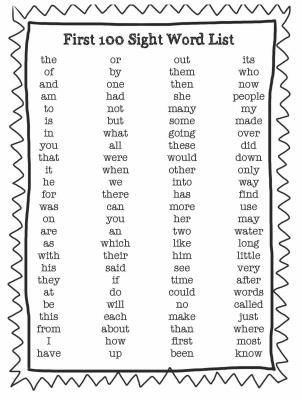
How many words a first grader should read per minute
How many words per minute should a first grader read?
What a first grader should know and be able to do - a checklist
Poems about sleep
Contents0003
What are the criteria for assessing the quality of reading?
Text requirements
How to teach a preschooler to read faster?
In the first grade, children's mental and physical abilities are assessed. Various checks and measurements are carried out by teachers. One of these is a reading test.
Parents are concerned about how much a first grader should read per minute to meet the standards.
In this article, the reader will get the answer to it and learn exercises for speed training. nine0055
Reading norms for first graders
These are added up based on the reading speed and the number of words read, respectively.
The indicator at the beginning of the year and at the end differ. During the school year, the child should improve it by 30-40%.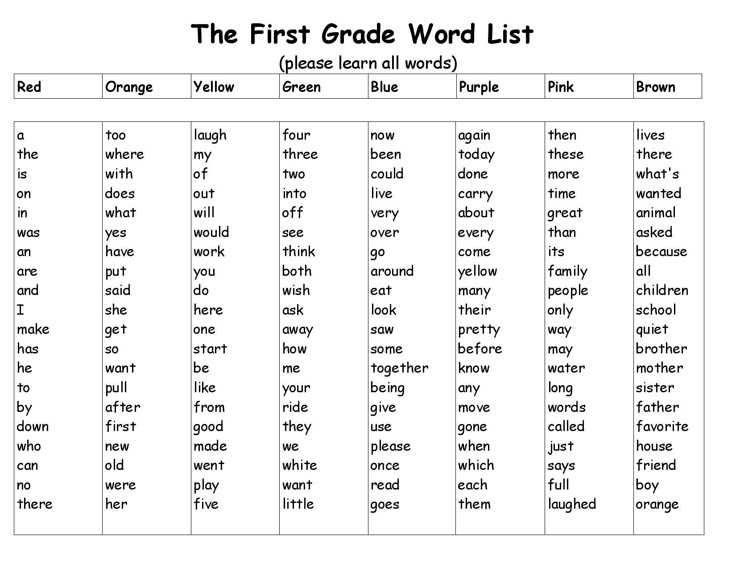 So, at the beginning of training, a first grader should read about 25 words in syllables, at the end - about 40. The minimum values established by the standard are 20 and 30, respectively.
So, at the beginning of training, a first grader should read about 25 words in syllables, at the end - about 40. The minimum values established by the standard are 20 and 30, respectively.
Important! The values are standard and averaged.
Important! Reading speed depends not only on brain activity, but also on the temperament of the child. From speed and reaction when switching to another type of activity. From the mood and desire of the child. nine0003
What are the criteria for assessing the quality of reading?
- Clear and correct pronunciation of words and letters.
- Fluency in the reproduction of words, not syllables.
- Expressiveness. The ability to correctly place accents in sentences and stress in words.
- Awareness. Understanding the content of the child and the ability to analyze what is read. After checking, the child must retell the text.
Important! When counting, the number of misread words is subtracted.
nine0003
Requirements for the text
The text to be read as part of the test by the first grader must meet the following requirements:
- Contain a previously unfamiliar plot.
- Not to be combined with drawings.
- Do not contain dialogues and other unknown forms of message passing.
- Must be printed in large clear type.
Important! The content of the text and the design must correspond to the level of preparation. Therefore:
- The structure of the text should gradually become more complex. The first sentences consist of several two-syllable words. The syllables of words can be consonant. Subsequent sentences may consist of words of three syllables with hissing letters.
- Sentences without gerunds and participles.
- Content understandable for a child.
How to teach a preschooler to read faster?
Deviations up to 5 words are considered minor.